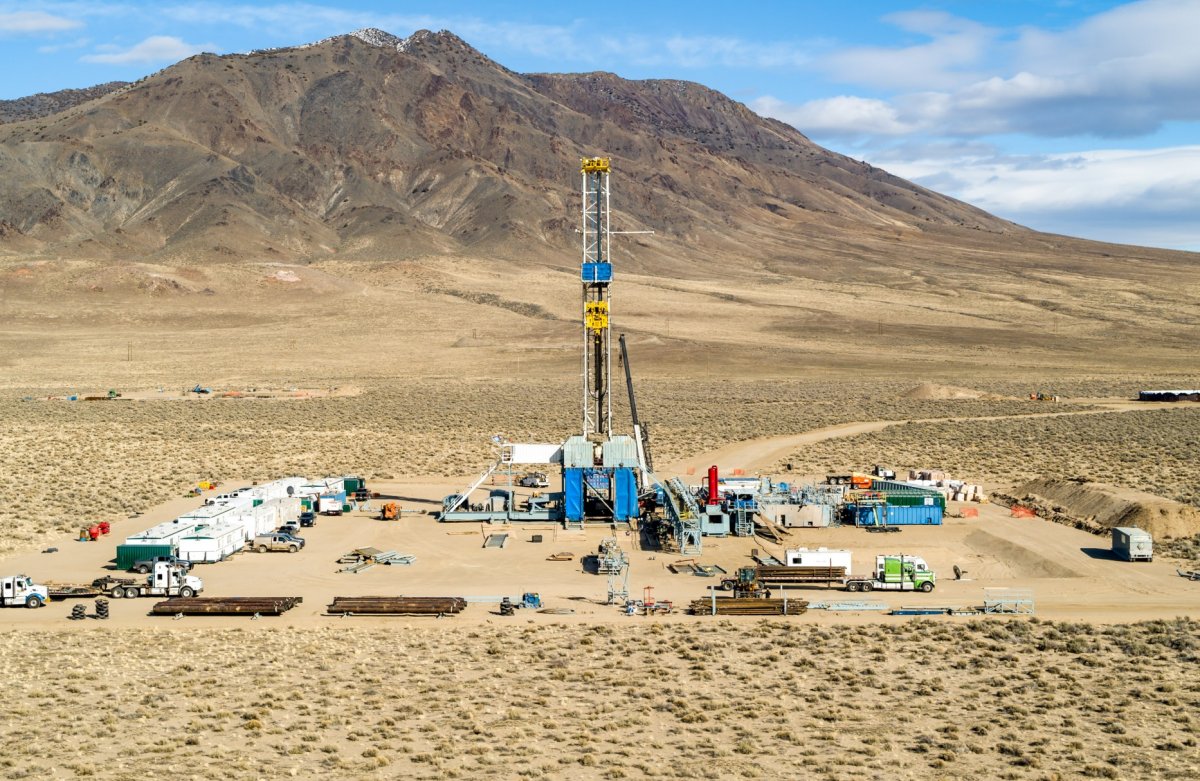In late January, a start-up called Fervo Energy conducted a unique experiment deep beneath the ground in northern Nevada. The process involved pumping water thousands of meters underground, and the engineers observed what would happen next. This technique is similar to that used by Geothermal power plants, which circulate water through hot rock deep below the surface and then use the energy generated to produce electricity. Unlike conventional systems, Fervo Energy’s experiments demonstrate a new technique that could potentially store energy for hours and even days.
By opening the valve after observing rising pressure readings, the water flow rapidly increased for hours. This process indicates that the new system can be flexible in responding to increases or decreases in electricity production. The energy could be managed and released over extended periods, acting as a reliable and prolonged energy source. This innovative process could help fill a critical gap in today’s electricity supply and make it easier and cheaper to eliminate greenhouse gas emissions from energy systems.
Although the results are promising, it remains to be seen whether the technology can be used on a larger scale, and with reliability, affordability, and security. Fervo Energy CEO Tim Latimer recognizes the value of conventional geothermal energy but believes that the ability to regulate systems swiftly and store energy will become increasingly critical in the future.
Fervo Energy’s headquarters are based along Interstate 80, which runs through a flat desert in the Nevada Basin and Range. Geological activity has brought hot rock relatively close to the earth’s surface in this area, providing an abundant source of emission-free heat and electricity.
The USA has hardly utilized geothermal energy due to geological limitations, high capital costs, and other issues. Geothermal energy only accounts for a mere 0.4% of US electricity generation. Developers have been able to drill into porous, permeable, and hot rock at depths that allow for water to flow between two man-drilled wells. However, the permeability of the rock is often lacking in areas otherwise favorable for geothermal energy.
Fervo Energy’s innovation could potentially help bridge the power supply gap and provide sufficient clean electricity when solar and wind turbines are not operational. If commercial plants can be built with this capability, it would be a significant contribution to the energy sector and a step towards a cleaner future.



